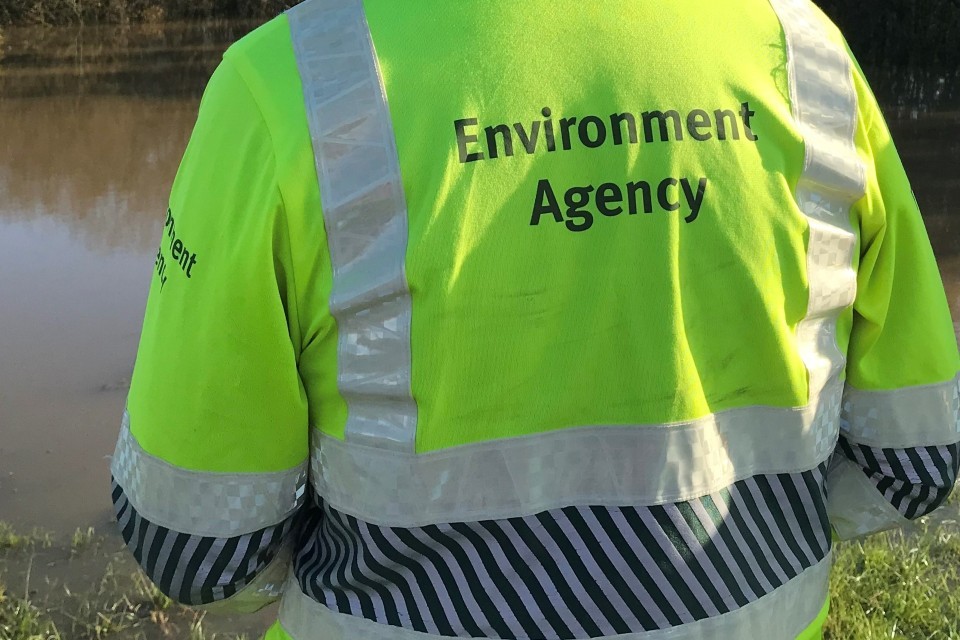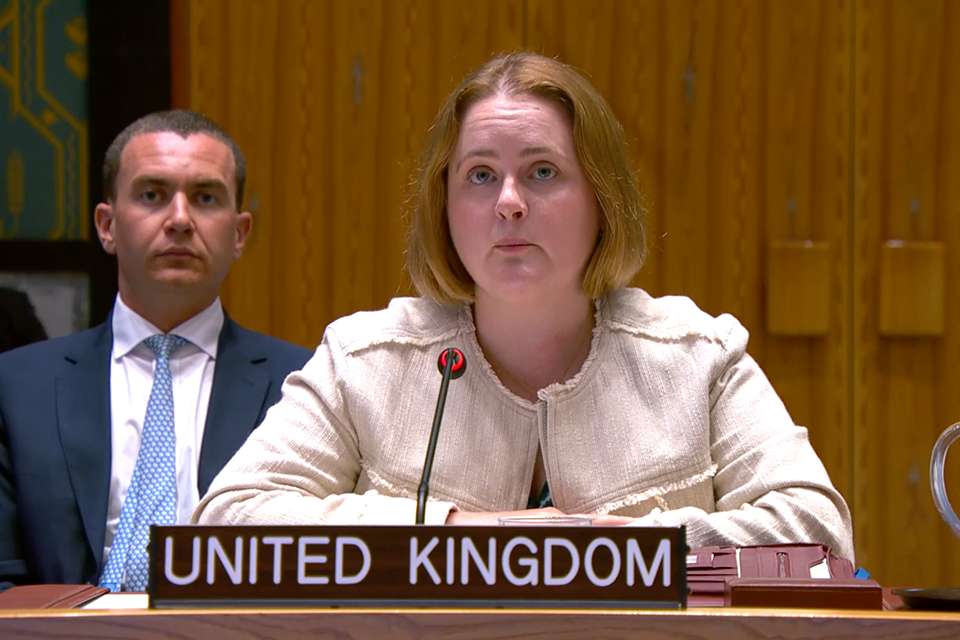The operator has an environmental permit for drilling wells and long-term oil and gas production at its site in Burniston, North Yorkshire.
It is proposing to construct a temporary wellsite, Cloughton 2, for drilling a test borehole to assess gas potential.
The Environment Agency is now seeking views from the local community and interested groups on the application.
The consultation opened last month and will run until 19 September.
People can view the consultation documents and find out how to respond on the Environment Agency’s Citizen Space page.
Responses to the consultation can be made electronically.
Rigorous assessment
Kathryn Richardson, Area Environment Manager at the Environment Agency, said
Our regulatory controls for the onshore oil and gas industry are in place to protect people and the environment.
We will carry out a rigorous assessment of the permit application and would encourage the public and interested groups to get in touch with comments on local environmental factors that people feel are important.
The Environment Agency may only refuse a permit application if it does not meet one or more of the legal requirements under environmental legislation, including if it will have an unacceptable impact on the environment or harm human health.
If all the requirements are met, it is legally obliged to issue a permit.
The proposed technique, well stimulation (or proppant squeeze), is a process used by the oil and gas industry designed to improve the efficiency of the flow of oil or gas through the reservoir rock and into the well.
Mining and extractive industries must have an environmental permit to operate. Issued by the Environment Agency, environmental permits detail the conditions that an operator is required to meet to ensure its activities minimise the risk of harm to people and the environment.
Background information
Consultation
- Responses to the consultation can be made electronically. To access the relevant documentation, visit our consultation website.
- Information on the website explains how you can view the consultation documents and how you can make your comments. We also explain what we can and can’t take into account when deciding on the application.
- Anyone wishing to comment on the proposals is urged to read the documentation online before responding directly on the website or by email to [email protected]
- Those unable to make representation via the consultation website or by email should contact the Environment Agency on 03708 506 506.
- A hard copy of the application documents is also held at the Newby and Scalby Library at 450 Scalby Rd, Scarborough YO12 6E.
Environment Agency regulation of onshore gas and oil
- The Environment Agency’s regulatory controls for the onshore oil and gas industry are designed to protect people and the environment. We do not permit activities that pose an unacceptable risk
- Our regulatory process – permitting, inspecting, monitoring and enforcement – is designed to protect our water, land and air, and the people and wildlife that depend on them.
- We will not allow any activity that could pollute water (rivers and streams, surface water, groundwater, drinking water) or any removal of water if it could affect the public water supply or damage the environment.
- We ensure waste material is minimised, stored, and disposed of safely so it doesn’t harm the soil or the wider environment.
- We protect the air by requiring that any waste gas is burnt in a safe and controlled way, and that any emissions are minimised and monitored.
Environmental permits
- Environmental permits set out strict legal conditions by which an operator must comply in order to protect people and the environment. Should an environmental permit be issued, the Environment Agency has responsibility for enforcing its conditions.
- Our powers include enforcement notices, suspension and revocation of permits, fines and ultimately criminal sanctions, including prosecution.
- We may only refuse a permit if it does not meet one or more of the legal requirements under environmental legislation, including if it will have a significant impact on the environment or harm human health. If all the requirements are met, we are legally required to issue a permit.







